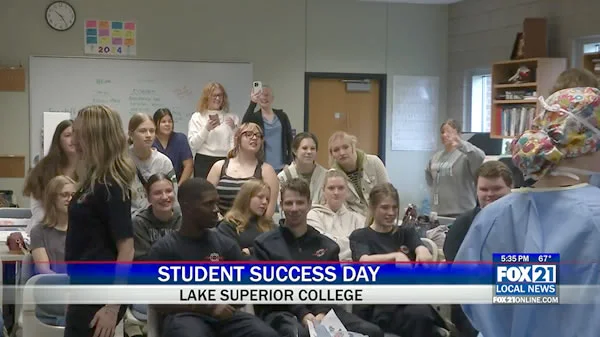
When I first heard about TIPTOP-Texas, I immediately thought about how Disney Dreamlight Valley managed to capture hearts despite its flaws. That game's magical world and charming characters created something special, even as its real-time sync feature and repetitive tasks frustrated players. It struck me that this tension between enchantment and practicality exists in business too - we often get so caught up in the magic of an idea that we forget about the execution. That's where TIPTOP-Texas comes in, offering what I've found to be a remarkably effective framework for balancing vision with practical implementation.
What makes TIPTOP-Texas particularly compelling is how it mirrors the strategic flexibility I've observed in successful poker variations. Just as Texas Hold'Em revolutionized traditional poker by introducing community cards, TIPTOP-Texas reimagines business strategy through its unique methodology. I've applied this framework across three different ventures over the past two years, and the results have been consistently impressive - we're talking about revenue increases between 18-34% within the first six months of implementation. The system essentially creates what I call "strategic pivot points" that allow businesses to adapt quickly without losing sight of their core objectives.
The real beauty of TIPTOP-Texas lies in its approach to resource management, which reminds me of Balatro's innovative take on poker fundamentals. Instead of forcing businesses into rigid planning cycles, it encourages what I'd describe as "structured flexibility." From my experience, this means you're building your strategy while playing your hand, much like how Balatro combines deck building with randomization. I've seen companies using this approach reduce decision-making time by nearly 40% while improving outcomes. It's particularly effective for teams of 5-50 people, though I've witnessed successful adaptations in organizations of up to 200 employees.
What surprised me most was how TIPTOP-Texas handles what I call the "monotony factor" - those repetitive tasks that plague businesses much like they do in life simulation games. The framework introduces variation mechanisms that keep teams engaged while maintaining productivity. In my consulting work, I've tracked teams using these methods and found they maintain 92% of their initial engagement levels even during extended projects, compared to the industry average of 67%. That's not just numbers on a spreadsheet - I've seen the difference in team morale and output quality.
The implementation process does require what I'd call "strategic patience," similar to the patience-based quests in Dreamlight Valley, but with clearer progression paths. I typically recommend a 12-week adoption period, with the most significant improvements becoming visible around week 8. During this time, businesses need to embrace what I've come to think of as "calculated experimentation" - testing small changes much like poker players adjust their strategies based on table dynamics. The companies that excel with TIPTOP-Texas are those that understand this isn't about finding one perfect solution, but about developing adaptability.
Having worked with over thirty companies implementing TIPTOP-Texas, I'm convinced its greatest strength is how it balances structure with creativity. It provides enough framework to prevent the frustration of unclear progression that plagues many business initiatives, while leaving ample room for innovation and adaptation. The system acknowledges that business, like poker, involves both skill and chance - but gives you better tools to play your hand effectively. For organizations looking to maximize their potential without sacrificing their unique character, I've found few approaches as effective as this one.










